Smack dab in the middle of Mozambique is Gorongosa National Park that stretches for 1,460 square miles, making it one of the best places to see nature and wildlife in the country. The land is so varied that visitors can find low-lying grasslands and a dense rain forest in the same park. Wildlife and plants thrive here and some of them are only endemic to the country. Sadly, the park has seen more than its fair share of wars, which many animals became a casualty to in some of the battles. However, the animals are making a turn around and finding Gorongosa to be their safe haven, and most of the park is fabulously wooded and untouched by humans. Here’s what to expect when you travel to Gorongosa National Park.

Courtesy of Derek Keats/Flickr.com
Over 400 species of birds
Birders, you’ll love this. There are 400 species of birds to set your eyes on in this park. Some of the birds are only staying seasonally while others live there year-round, taking advantage of the rich eco-system that the park has to offer. The best time to go birding in this park is in November during migration season, which brings in more birds than usual to the area. One of the rare birds that cannot be found anywhere else includes the famous Green-headed oriole. Birders can find anything from delicate songbirds to intimidating predatory birds as well.
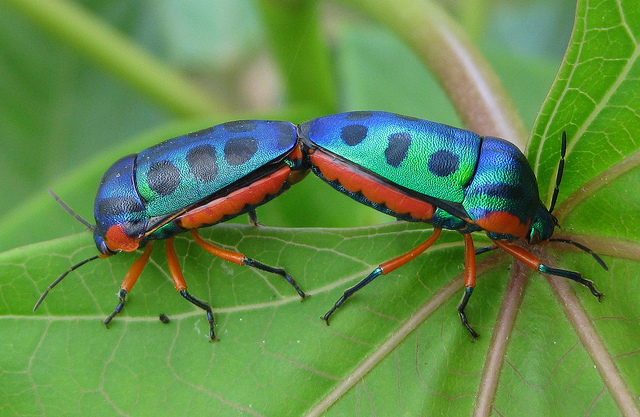
Courtesy of Ton Rulkens/Flickr.com
Some of the most colorful insects you’ll find anywhere
Look harder at some of the leaves and you’ll notice some of the most gorgeous insects buzzing about (like the rainbow shield bugs pictured above). Many visitors report seeing some of the most breathtaking collection of butterflies, insects and even frogs of many colors. The insects play a vital role in the ecosystem as they pollinate and fertilize the soil. Another thing to look out for in Gorongosa are the termite hills which are hard to miss on your game drives. Other nsects that can be found in the park includes praying mantis, dung beetles and orb weaver spiders.
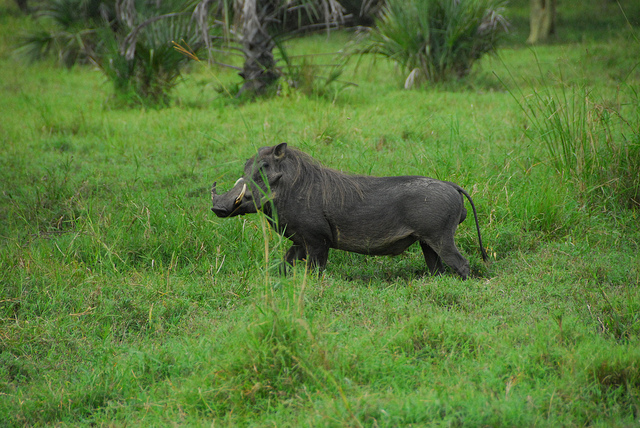
Courtesy of F Mira/Flickr.com
Warthogs
When embarking on a safari trip in Gorongosa National Park, it’s guaranteed you’ll come across a herd of these long-haired pigs. Warthogs are lazy home dwellers as they’ll scavenge for abandoned holes and dens left behind by other animals to live in. Despite the reputation of being a dangerous animal, warthogs are herbivores and they’re not out to munch on flesh (except for when food is scarce).

Courtesy of Christian Spannagel/Flickr.com
Elephants
Warthogs aren’t the only animals sporting a tusk in Gorongosa National Park. Approximately 500 elephants make the park its year-round home and each clan has its own matriarch. The leader of the group is usually the oldest and wisest female elephant who leads her clan to the water and dwellings. You’ll most likely find them bathing in one of the waterholes in the park.
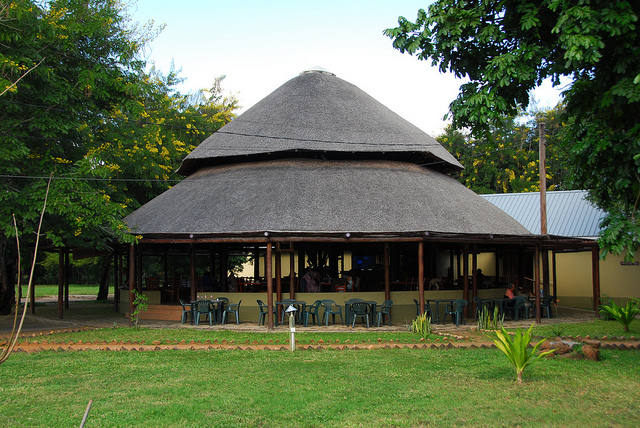
Courtesy of F Mira/Flickr.com
A cool restaurant
There’s no need to pack your lunch when going on a game drive in the park. Instead, navigate your way to a restaurant located right in the middle of the national park. At Chikalango Restaurant & Bar, guests can enjoy a delicious spread of organic fare, seafood (you must try the Mozambican tiger prawns) and drinks. Guests appreciate the idea of dining outside while enjoying the view of nearby grazing animals and birds.
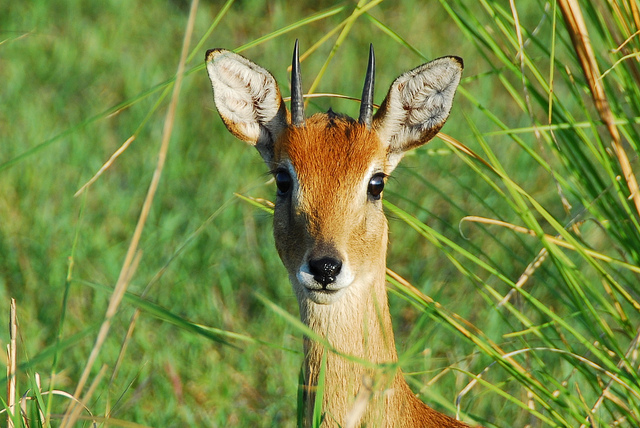
Courtesy of F Mira/Flickr.com
Antelopes
There’s a wide variety of antelopes you’ll find at Gorongosa National Park. The animals range from small, petite ones to large ones with magnificent antlers. The most common antelope you’ll find are the waterbuck that look like a common deer, but have intimidating horns that curve upwards in sharp spirals (you do NOT want to mess with them).
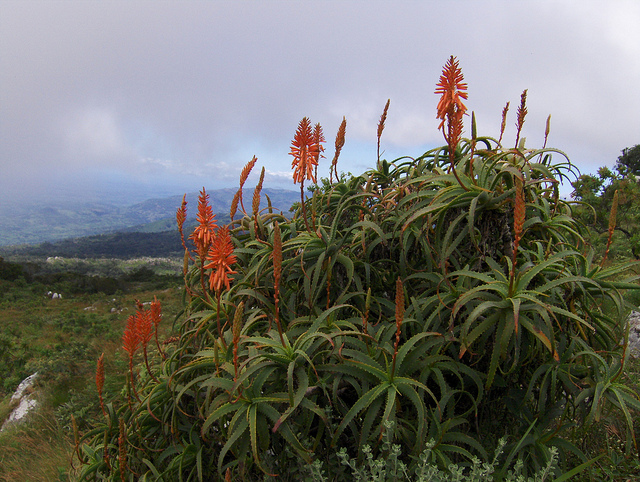
Courtesy of Ton Rulkens/Flickr.com
A variety of exotic plants
Gorongosa National Park is rich in vegetation, thanks to its vast landscape of rain forest and savanna that sports its own unique tropical-looking plants. Many of the plants are strictly endemic to the park. When on a game drive, ask your guide to take you to the “Miombo.” That’s where you’ll find a cluster of stunning looking trees that have a mind of their own. During dry season, the trees shed their leaves to conserve water and then shines in the wet season by showing off its new red and gold leaves. This makes it pretty common to feel like you’ve stumbled upon autumn in the middle of the wilderness in Mozambique.
More from AFKTravel:
15 Beautiful Beaches In Mozambique To Bliss Out On
15 Great Mozambican Food Experiences
6 Things To Do In Ponta Do Ouro, Mozambique
Want to discover the finer side of Africa? Sign up for our weekly newsletter.
